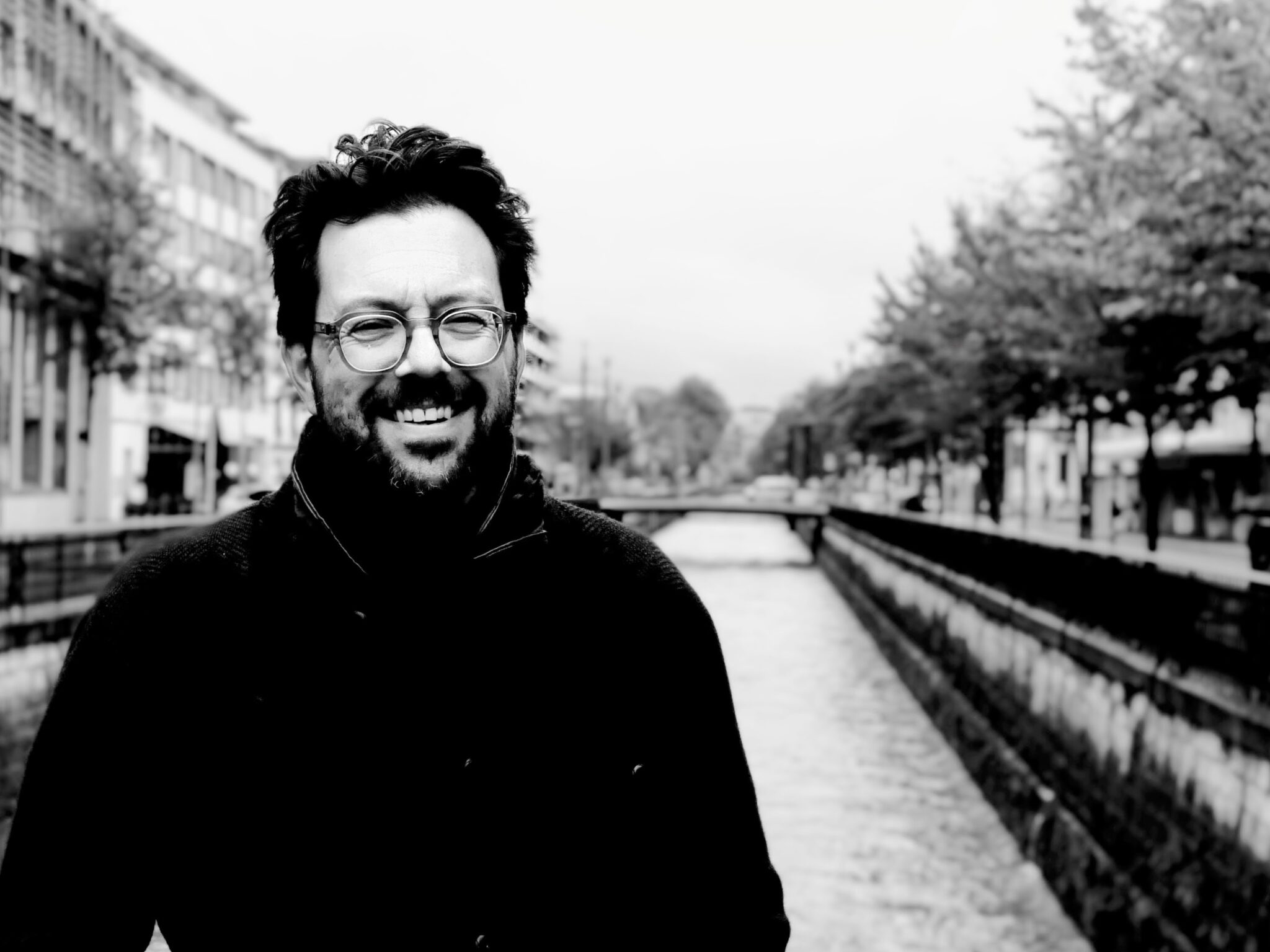
This article was originally published when the blog was focused on Bienne, under the name Made in Bienne. The concept has since evolved to also cover the watch scene across the rest of Switzerland.
—
As the city’s Vice-Chancellor, Julien Steiner has among his responsibilities Bienne’s image as a place to live. Considering how radically the perception of Bienne has evolved over the years, and the role of watchmaking in the city’s reputation, there was a lot to discuss for this interview.
Before we begin, I want to call out that Julien Steiner played a very important role in the development of this blog. Over 2 years ago, when I had just started, I was unsure if there would be any interest in such a project from a guy like me who had just moved to the city. One day, someone reached out on Instagram with a question. I did not have the answer, so I contacted the city administration. They eventually put me in touch with Julien Steiner. He not only encouraged me but promoted the blog on the city website. That is when my imposter syndrome (mostly) vanished, and I truly started investing time and energy in creating content on a regular basis.
We first met back then at Bistro Farrel. I had never been, and it has since become, by far, one of my favorite hangouts in the city. Unsurprisingly, we met there again for this interview. Over a warm cup of coffee, I realized once more I still have a lot to learn about the capital of watchmaking.
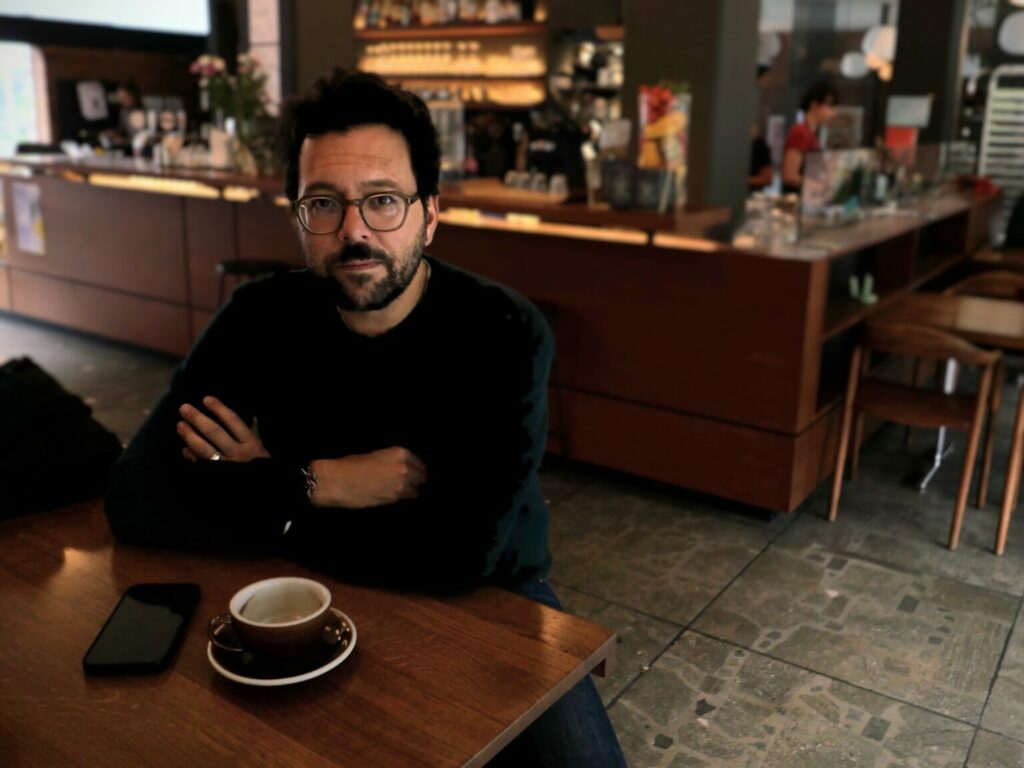
Can you tell us about your role at the City. What does a vice-chancellor do exactly?
The Chancellerie municipale is the city’s executive staff. We advise the executive leadership on various matters, look after the city council meetings, and ensure decisions are adequately executed.
I have two specific roles. One is to organize all votes and elections. The other is our central information service, responsible for the city’s communications. That includes our website, various publications and more generally Bienne’s image across Switzerland as a place to live and visit.
My role is by appointment, meaning I am not elected. I’ve been in the position since 2011, so 12 years now!
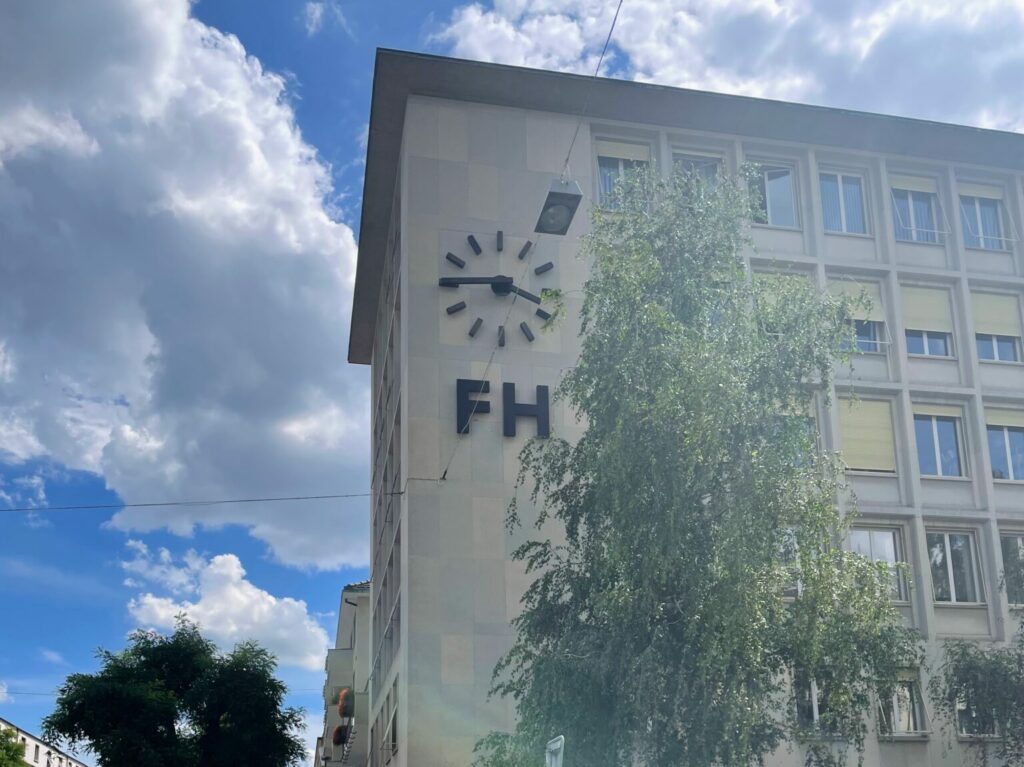
On the communications side specifically, what are your main goals and projects?
There is standard ongoing work, such as the recently upgraded city website and visual identity. Then, there are more specific ad hoc initiatives.
Perhaps the most prominent is the Welcome to Biel campaign, launched 7 years ago. Local companies were struggling to hire talents. Why? Well, Bienne at one point had a negative image, following the quartz crisis in the 1970s and 1980s. Also, even with the city’s evolution since, it was not perceived as an urban center able to attract talented individuals.
In order to attract such audiences, both for the companies and the city’s development, we created the campaign. We now have 250 people living here who are ready to answer questions from anyone interested: everyday life, activities, schools. Not promotional material but actual reality. (Editor’s note: I used this campaign when deciding whether to move to Bienne in 2018, and am now among the 250 available to answer questions from those interested in the city!).
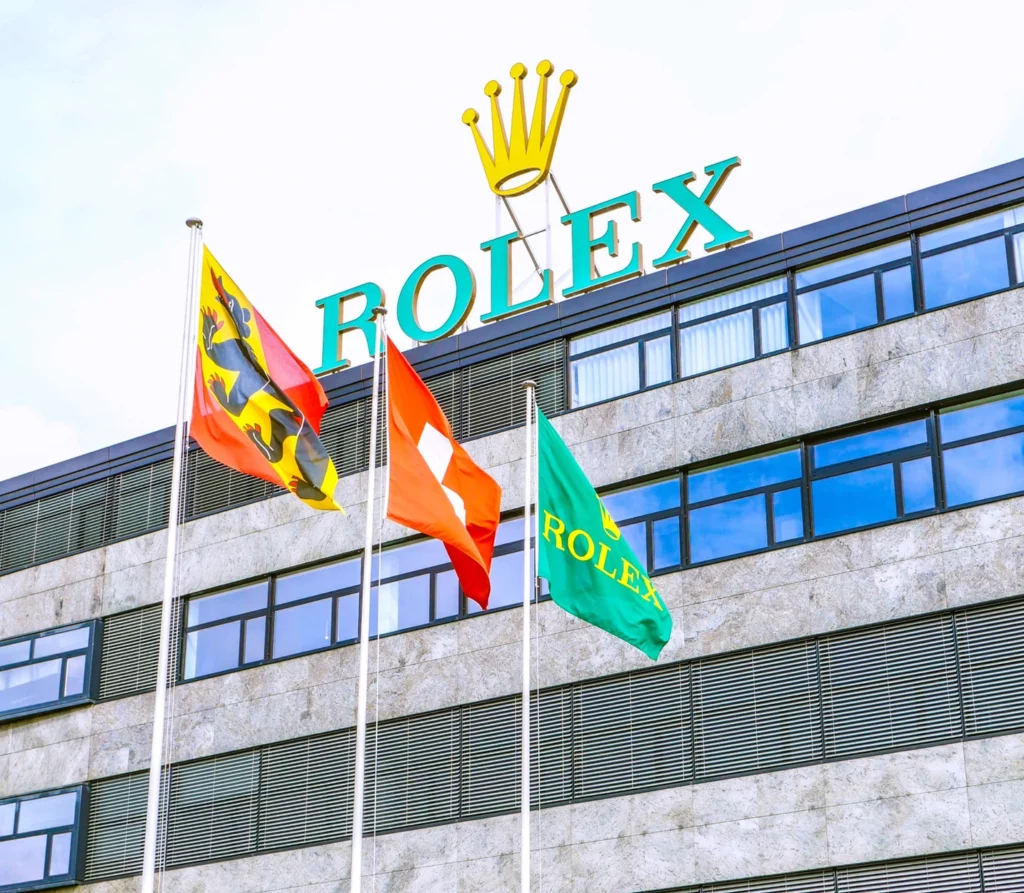
How has the city’s image evolved over the years?
Bienne had up to 64,000 people in the 1960s. Now, we are at 56,000. During the quartz crisis, the city lost 20% of its population. Back in 1998, the population was 48,000. Bulova closing its Bienne production site is remembered as one of the symbols of the crisis among major brands. Beyond those famous brands, many small suppliers lost their business. The city was bleeding. No more income, no more investments.
With increased poverty, various things fell apart. Bienne became known for being a poor city with high unemployment. This coincided with a period of high drug consumption in Switzerland, openly, in the streets, and Bienne was definitely a part of that. The city’s image was at an all time low.
Now, the image has changed, and it continues to improve. First, the economic conjecture has helped. Watch brands based in Bienne are doing very well. Beyond that, the micro-mechanics know-how has expanded into other domains, such as medicine. Excellence in mechanical production also includes larger objects, such as DT Swiss, who make bicycle wheels used by professionals around the world.
Also, a bit like Berlin, the low rent attracted a cultural, artistic population, creating a vibrant cultural scene. The self-managed Gurzelen project, set on the former city stadium, is a great example with its music studios, radio and plastic art activities. And of course, its tennis courts, the only publicly available grass courts in Switzerland!
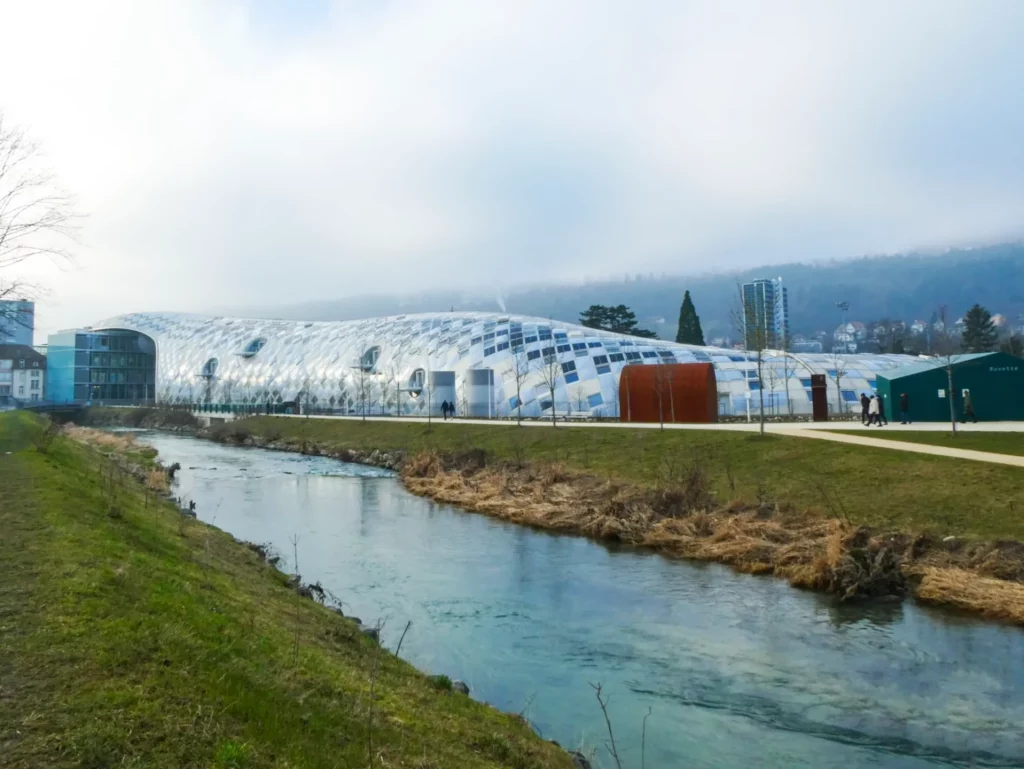
The reason I started this blog is because I felt not all watch fans knew about how rich the horological scene is here in Bienne. How do you feel about the city’s watch heritage and how it is promoted?
The two largest employers in Bienne are Rolex and Omega. Thousands of people work there. But, to your point, not that many people know much about the history of watchmaking in Bienne and its impact on the city. Our entire urban development has been around watchmaking. Sometimes for better, sometimes for worse!
I think brands could go further on sharing this heritage. There is a lot to be proud about. What we do, where we come from. Watch brands are not here by accident. The rich local history can be used to further promote and showcase their products, and attract people who love watches to visit Bienne.
We don’t have, like La Chaux-de-Fonds, a given set of watchmaking constructions recognized by UNESCO. But what is unique in Bienne is that watchmaking is part of the city everywhere, in everyday life. It is not just limited to the industrial zone. That creates a very special atmosphere, and makes it a great place to visit for the curious tourist.
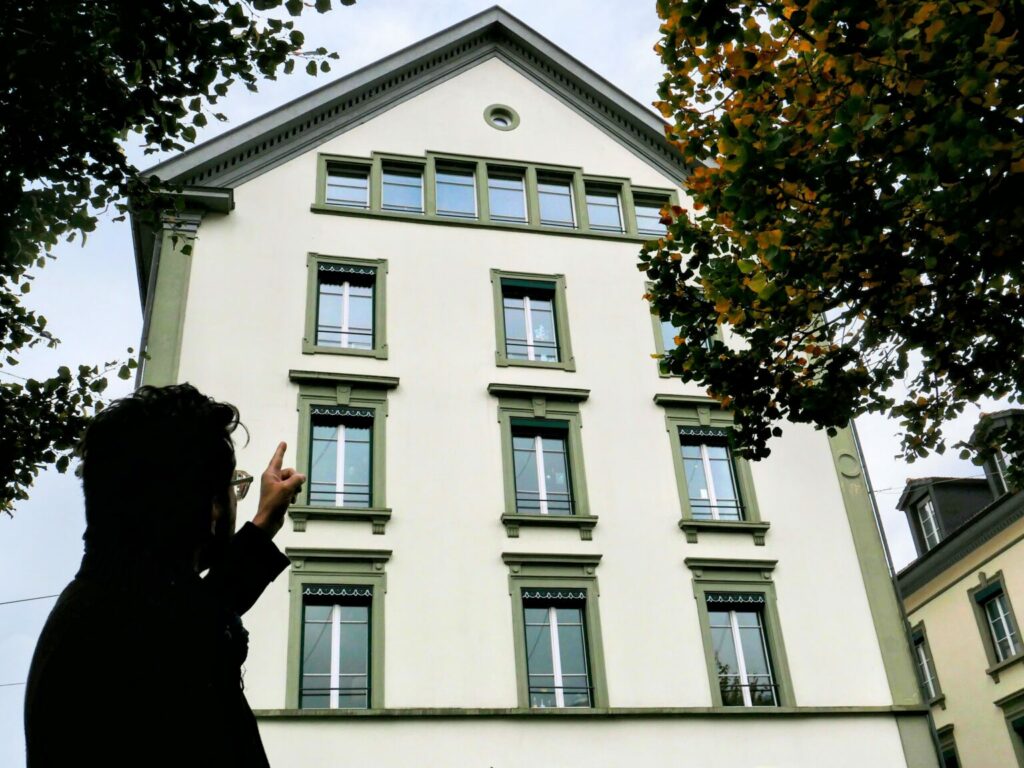
Are there specific projects you are working on at the city level to promote this aspect of Bienne?
15 years ago, we had put in place clocks around the city, in partnership with the watch brands. Each clock represents one of their iconic timepieces. Those served their purpose but require a lot of maintenance and we feel something new, more engaging, is needed today.
We did a book with the Swiss Art History Society about Bienne as a city. Its architecture, our heritage. Now, we are discussing with them doing another one, about the historical watchmaking sites specifically. Beyond the paper book, we would like to have an interactive element, with QR codes on the sites linking to additional content.
We have half of the funding right now, provided by the city. We are trying to raise the other half (70,000 CHF) and I am hoping local watch brands will contribute. The idea is to really promote the places and the people, the workers, who contributed to making Bienne what it is today.


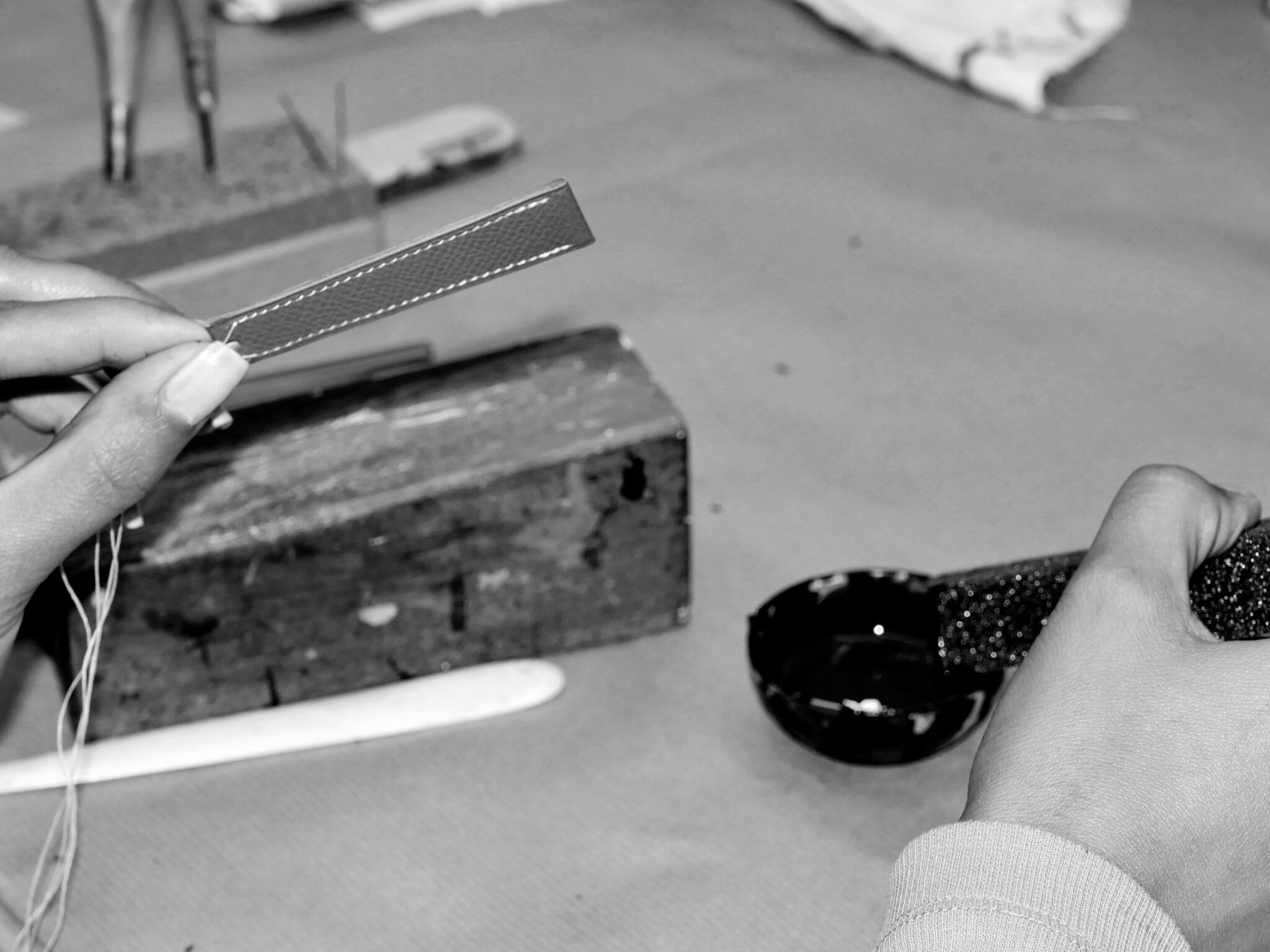
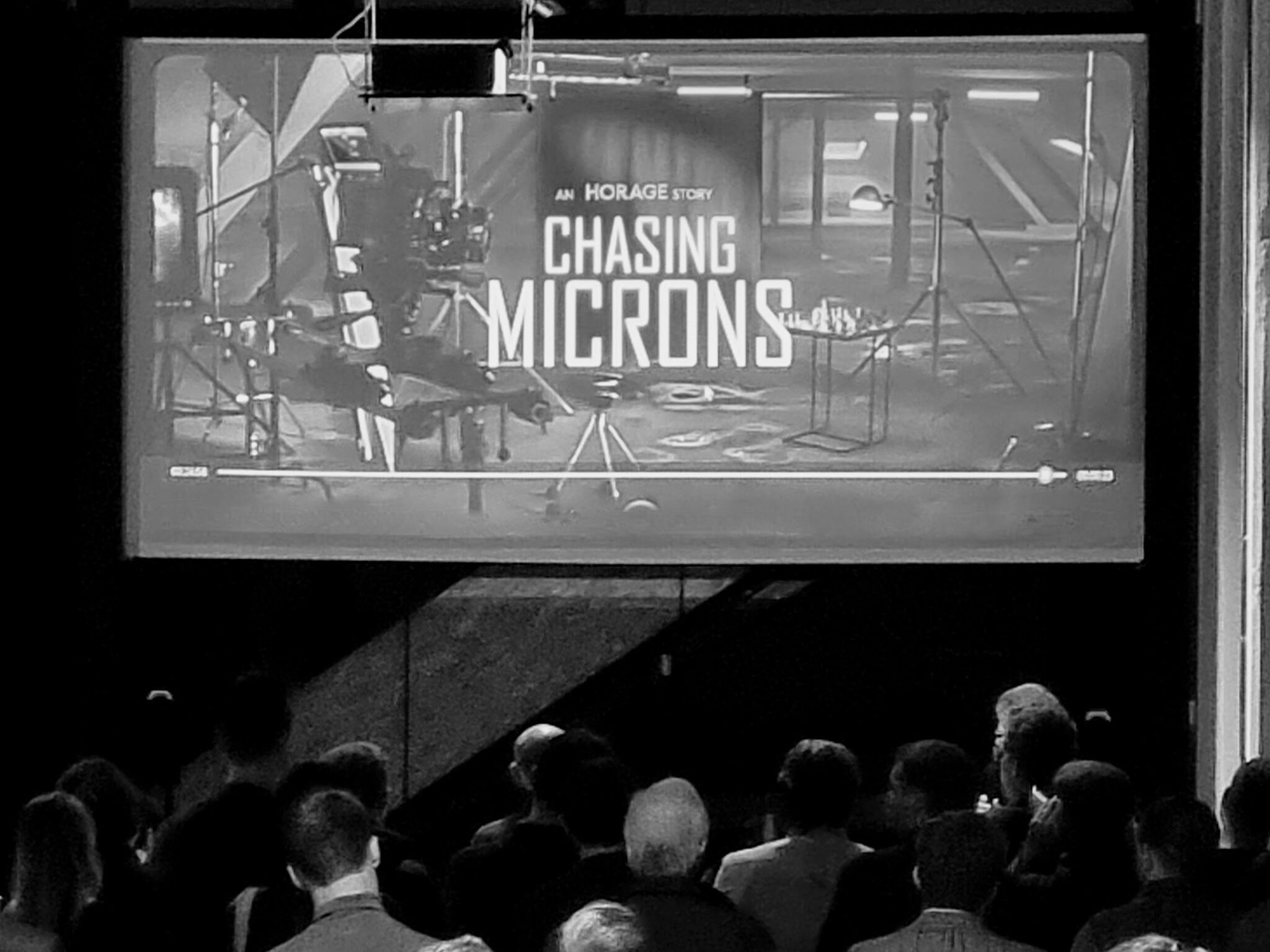
Great article. I grew up in Bienne and I am very impressed by how much the city has changed since I was a kid. It’s really become very nice and it’s always a pleasure to come back and visit.